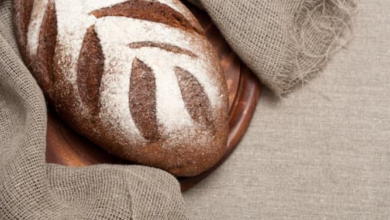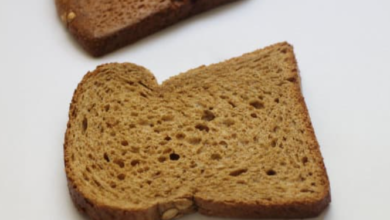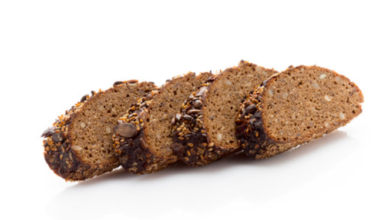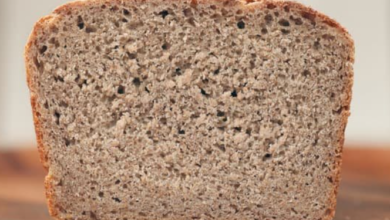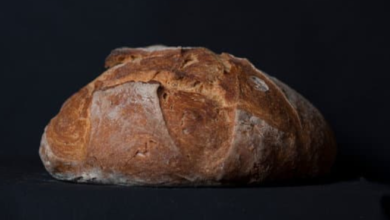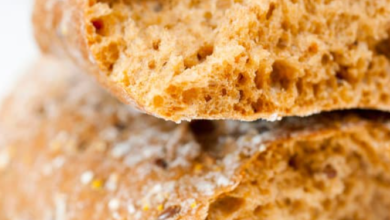How To Tell If Rye Bread Has Gone Bad And What To Do About It
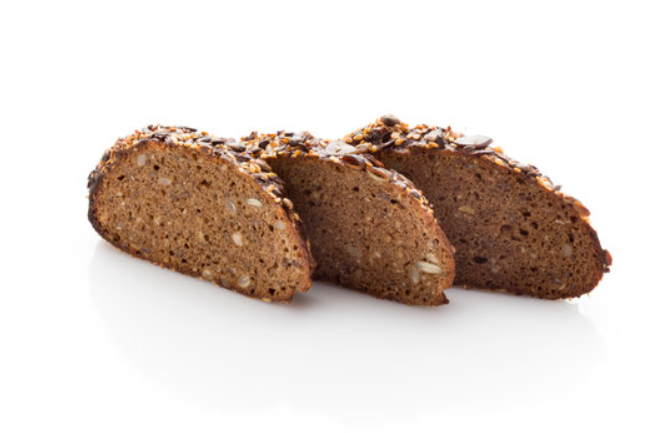
What To Know
- If your rye bread is made with sourdough starter, it may develop a slightly sour taste as the starter ferments.
- Store rye bread in a cool, dry place, such as a breadbox or airtight container.
- Can I still eat rye bread with a little mold on it.
Are you wondering how to determine if your rye bread has turned? Fret no more! This comprehensive guide will equip you with the knowledge to identify the telltale signs of spoiled rye bread.
Visual Inspection: A Keen Eye for Spoilage
- Mold: The most evident sign of spoilage is the presence of mold. Look for fuzzy, discolored patches on the bread’s surface. If you spot any, discard the bread immediately.
- Discoloration: Fresh rye bread typically exhibits a deep brown color. As it ages, it may develop lighter or darker patches. While slight discoloration is normal, significant changes in color indicate potential spoilage.
Sensory Exploration: Engage Your Senses
- Smell: Fresh rye bread has a slightly sour but pleasant aroma. If you detect any off-putting odors, such as mustiness or a sour smell, it’s likely gone bad.
- Texture: Rye bread should be firm yet slightly springy. If it becomes overly soft or mushy, it may be a sign of spoilage.
- Taste: Taste a small piece of bread. If it tastes sour, bitter, or otherwise unpleasant, discard it.
Other Telltale Signs of Spoilage
- Stale: Over time, rye bread can lose its freshness and become stale. While stale bread is not necessarily spoiled, it may not be as enjoyable to eat.
- Sourdough Starter: If your rye bread is made with sourdough starter, it may develop a slightly sour taste as the starter ferments. However, if the sourness becomes overpowering, it could indicate spoilage.
- Storage Conditions: The way you store your rye bread affects its shelf life. Bread stored at room temperature will spoil faster than bread refrigerated or frozen.
How to Prevent Rye Bread from Spoiling
- Proper Storage: Store rye bread in a cool, dry place, such as a breadbox or airtight container.
- Avoid Moisture: Keep your bread away from moisture, as it can promote mold growth.
- Freeze for Long-Term Storage: If you won’t be consuming your rye bread within a few days, freeze it for long-term storage.
- Slice and Freeze: To make thawing easier, slice your rye bread before freezing.
When in Doubt, Throw It Out
If you’re unsure whether your rye bread has gone bad, it’s always best to err on the side of caution and discard it. Consuming spoiled bread can lead to foodborne illness.
What to Do with Spoiled Rye Bread
- Compost: Spoiled rye bread can be composted, providing nutrients for your garden.
- Feed to Animals: Some animals, such as chickens or pigs, may enjoy eating spoiled bread.
- Discard in the Trash: If other options are unavailable, discard the spoiled bread in the trash.
Answers to Your Questions
Q: How long does rye bread typically last?
A: Fresh rye bread stored at room temperature can last for 2-3 days, refrigerated for up to a week, and frozen for several months.
Q: Can I still eat rye bread with a little mold on it?
A: No, it’s not recommended to eat bread with mold on it, as it can contain harmful mycotoxins.
Q: How can I tell if sourdough rye bread has gone bad?
A: Sourdough rye bread may develop a slightly sour taste as it ferments. However, if the sourness becomes overpowering or you detect any off-putting odors, it may have gone bad.
